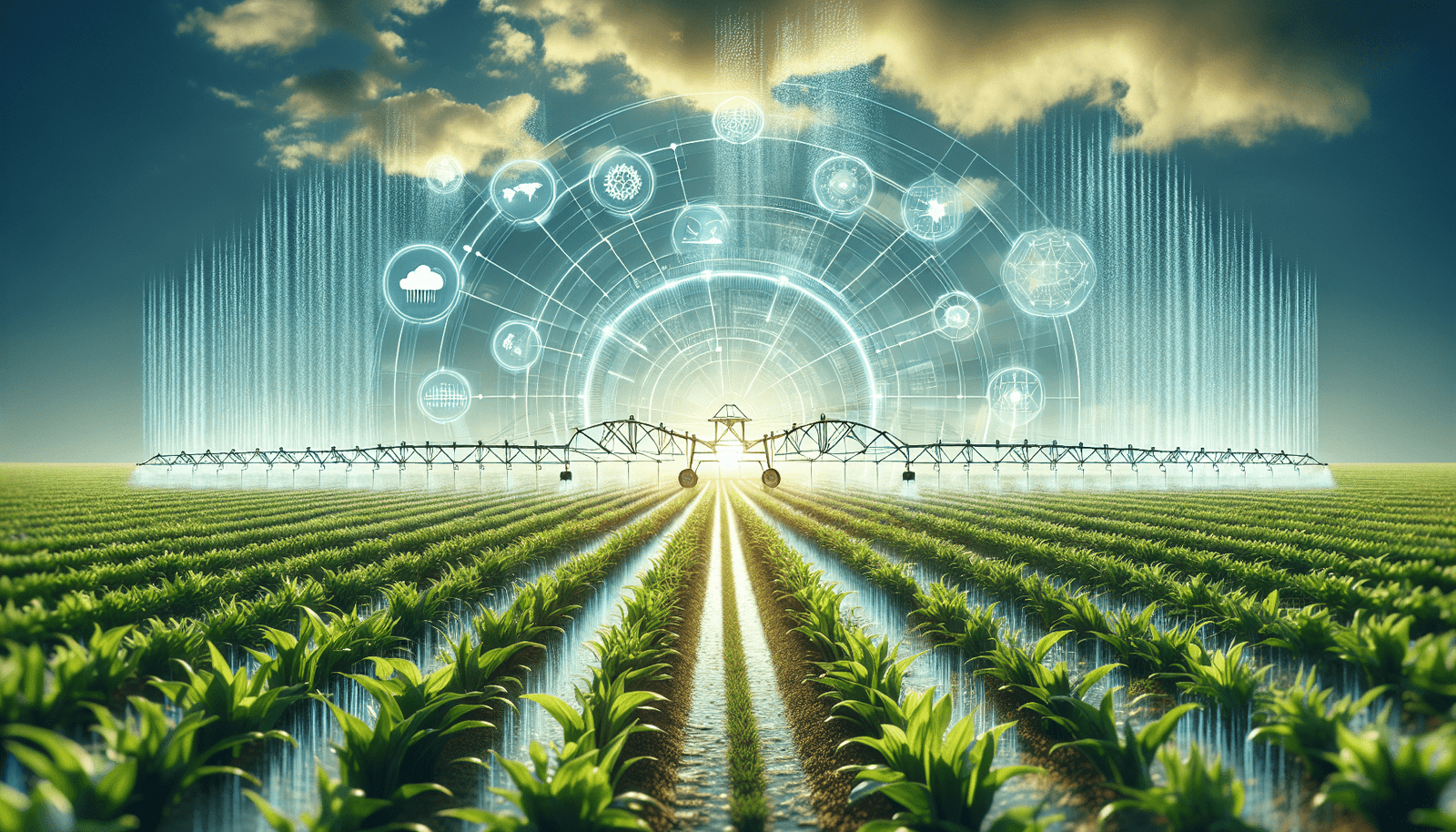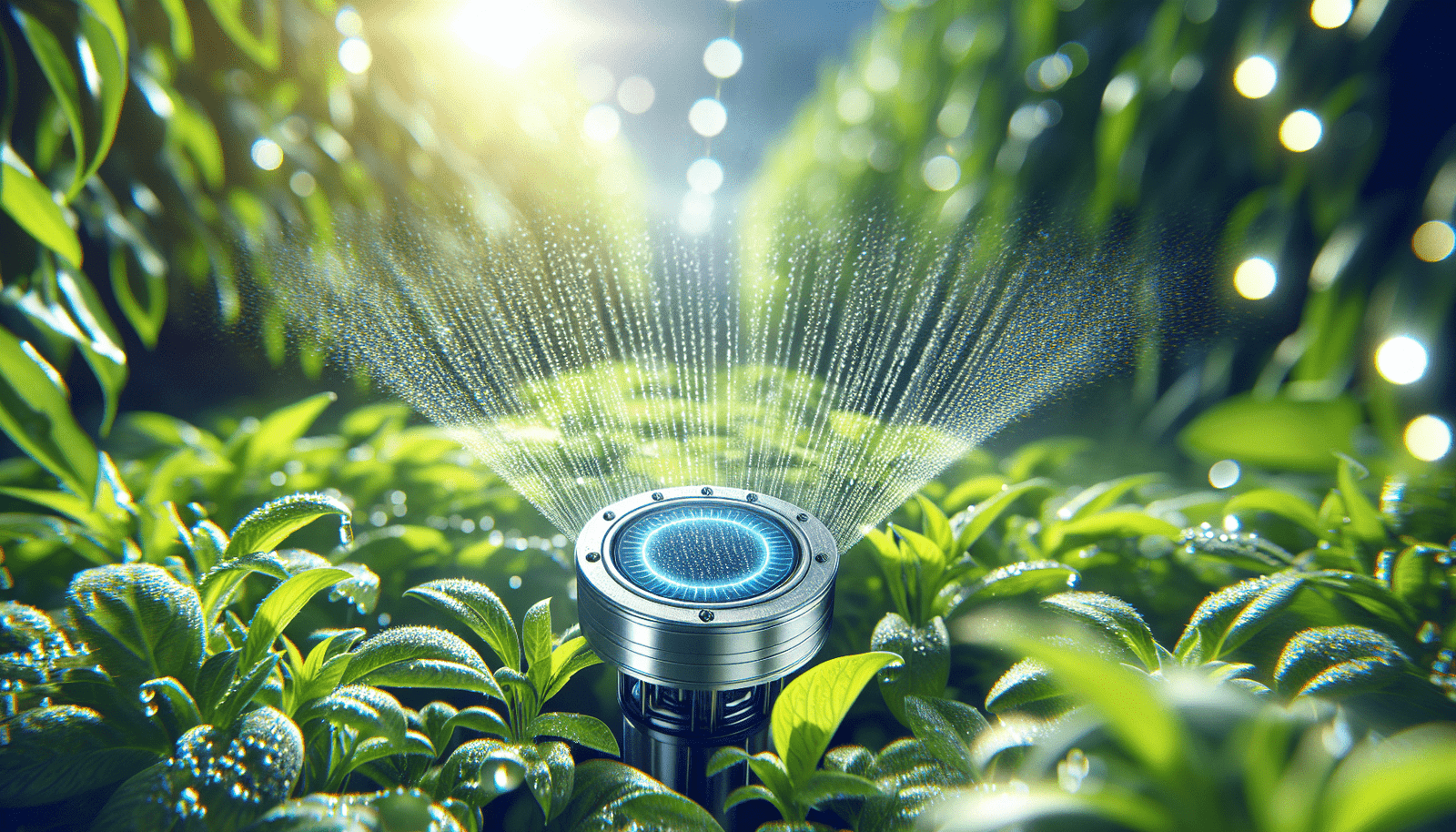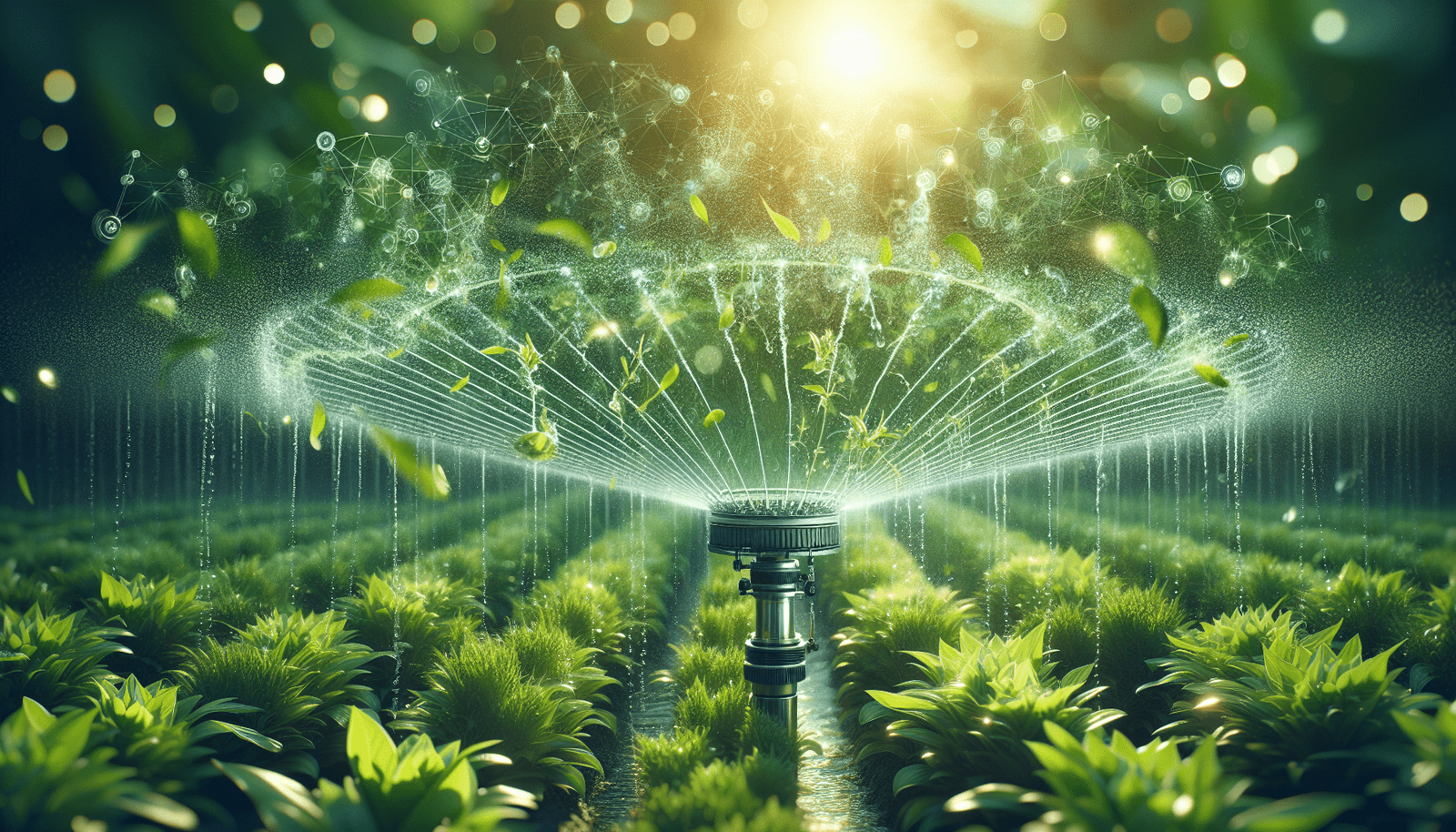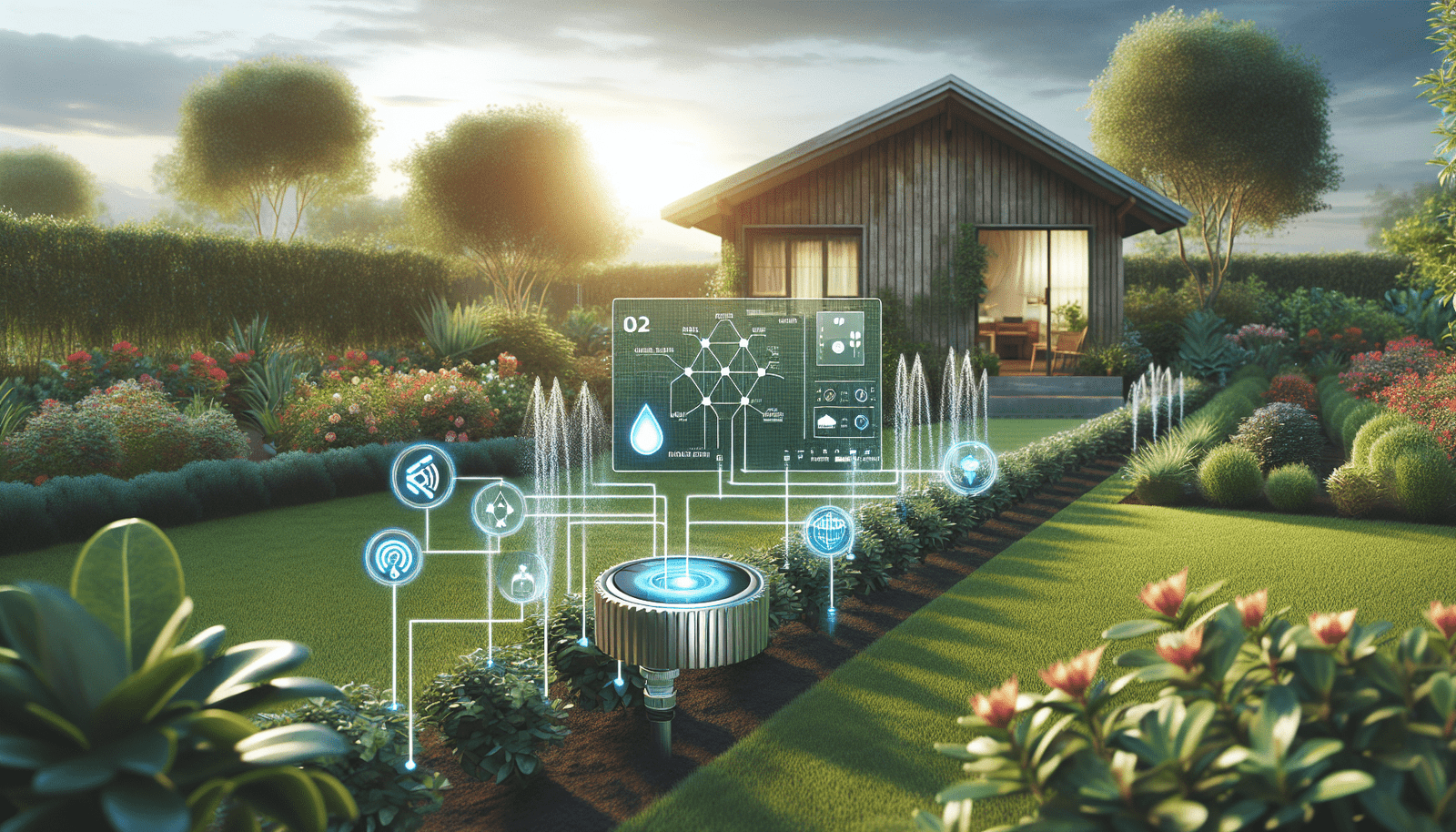Have you ever pondered how you can enhance your garden or lawn’s watering routine while embracing modern technology and sustainability? As we delve into the transformative world of smart irrigation systems, discover how a weather-based approach propels efficiency to new heights.
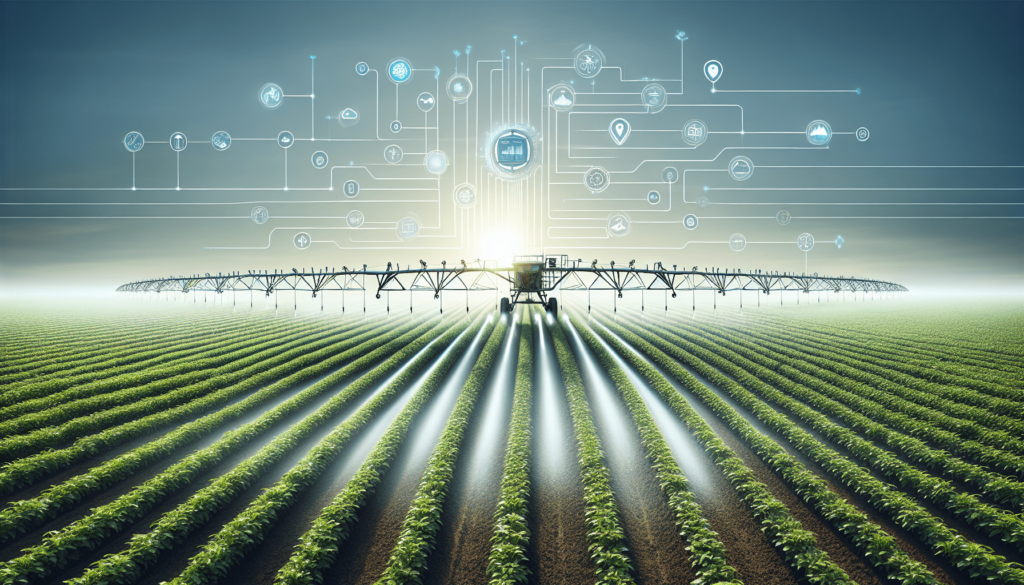
Understanding Smart Irrigation Systems
In recent years, the gardening and landscaping world has seen a revolution in how we water our plants. If you’re interested in saving water and reducing utility bills while keeping your lawn lush and green, a smart irrigation system might be the perfect solution. But what exactly is smart irrigation, and how does it differ from traditional systems?
Components of Smart Irrigation Systems
Smart irrigation systems consist of several key components, each playing a crucial role in optimizing water usage:
- Controllers: These serve as the system’s brain, managing watering schedules and adjusting them based on environmental data.
- Sensors: These devices gather information on soil moisture, weather, and sunlight to help make informed decisions about irrigation needs.
- Weather Data Integration: Weather-based systems utilize local forecasts and historical weather data to anticipate watering needs.
- Valves and Pipes: These components transport water to your garden or lawn.
With these components working harmoniously, smart irrigation systems go beyond simple timers, offering a more tailored approach to watering.
How Do Smart Irrigation Systems Work?
At the core, these systems rely on real-time data and predictive analytics to determine the precise amount of water needed. Traditional systems often run on predetermined schedules, with little regard for climate or soil conditions. In contrast, smart systems adjust based on factors such as rainfall, temperature, and humidity, ensuring your plants get exactly what they need, when they need it.
The Role of Weather in Smart Irrigation
Harnessing weather data is a game-changer in irrigation technology. Weather-based smart irrigation systems are designed to interact with local meteorological data to optimize water usage and plant health. But how exactly does weather influence smart irrigation?
Utilizing Weather Data for Precision
Weather data, such as precipitation forecasts and humidity levels, help determine the most appropriate watering schedule. For example, if there’s rain in the forecast, your system will delay or skip watering to avoid over-saturation. By doing so, you are not only conserving water but also preventing potential damage from overwatering.
Real-Time Adjustments
One of the most innovative aspects of weather-based systems is their ability to adapt schedules in real-time. Suppose it’s unusually hot or windy; the system might decide to water more frequently to account for the increased evaporation rate. Conversely, during cooler periods, the system may reduce watering frequency, ensuring optimal moisture levels.
Benefits of Weather-Based Smart Irrigation
Improving efficiency is just one of the many benefits of weather-based smart irrigation. This technology brings a host of advantages that extend beyond mere convenience.
Water Conservation and Environmental Impact
By making informed decisions on when and how much to water, smart systems significantly reduce water waste. As fresh water becomes more precious, using smart irrigation helps you become an eco-conscious homeowner, contributing positively to the environment.
- Water Savings: Studies show that smart irrigation can reduce water use by up to 50% compared to traditional systems.
- Lower Carbon Footprint: Using less water means less energy is required for water treatment and distribution, reducing overall carbon emissions.
Cost-Effectiveness
While the initial investment for a smart irrigation system might be higher, the long-term savings can be substantial. The reduction in water bills and the potential for drought-related fines make these systems a cost-effective choice over time.
| Traditional System | Smart Irrigation System |
|---|---|
| Fixed schedule | Adaptive scheduling |
| Higher water bills | Reduced water bills |
| Potential overwatering | Optimized water use |
Enhanced Plant Health
Consistent and appropriate watering leads to healthier plants. Irrigation systems that rely on weather data ensure your plants receive water at the right time, reducing stress and promoting vibrant growth.
Evaluating Smart Irrigation Products
Now that you understand the benefits, how do you choose the right smart irrigation system? With numerous products on the market, it can be overwhelming to find the ideal fit for your garden.
Key Features to Consider
When evaluating smart irrigation systems, consider these crucial features:
- Compatibility with Sensors: Ensure the system can integrate with existing moisture, rain, and temperature sensors.
- User-Friendly Interface: Look for systems with apps that provide easy scheduling and monitoring.
- Customizable Zones: Flexibility to create specific watering zones can be beneficial for different plants and garden areas.
- Integration with Smart Home Ecosystems: If you are a smart home enthusiast, check that the system can link with devices like Alexa or Google Home.
Top Products Overview
Let’s take a look at some popular smart irrigation products and their features to help streamline your decision-making:
| Product Name | Key Features | Price Range |
|---|---|---|
| Rachio 3 | Weather intelligence, customizable zones | $200 – $250 |
| Netro Smart Sprinkler | Auto-adjusts based on weather patterns | $130 – $170 |
| Orbit B-hyve | WeatherSense technology, smart home integration | $50 – $100 |
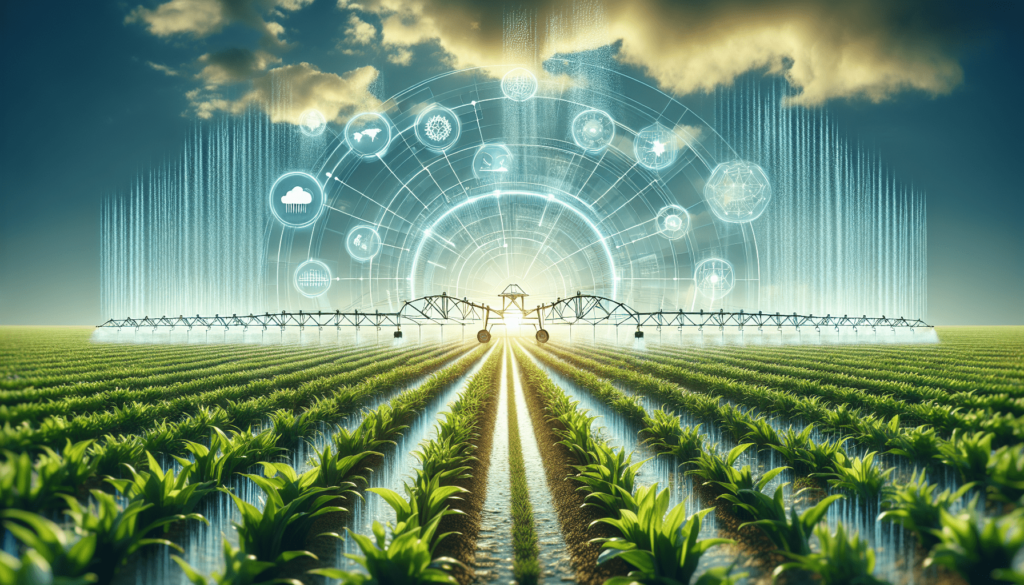
Upgrading to Smart Irrigation
Perhaps you’re considering upgrading from a traditional system to a smart irrigation solution. How can you go about making the transition smoothly, and what should you keep in mind?
Assessing Your Current System
Initially, evaluate your current setup. Determine the age, effectiveness, and features of your existing system. A simple upgrade might involve adding smart controllers to your current valves and pipes, while a complete overhaul might be necessary for older or inefficient systems.
Installation and Setup Guide
Though some smart irrigation systems offer DIY installation, consulting a professional can ensure optimal setup and performance. Key steps include:
- Mapping Your Yard: Designate zones based on plant needs and sunlight exposure.
- Setting Up Controllers: Connect and program the central unit according to the yard map.
- Integrating Sensors: Place moisture and weather sensors strategically for accurate data collection.
Maintenance Tips for Longevity
After installation, keep your system running smoothly with regular maintenance. Check connections, clean nozzles, and update software to ensure everything continues to operate efficiently.
Advancements in Smart Irrigation Technology
The realm of smart irrigation is continually evolving, with new technologies emerging to push efficiency and ease of use to new levels. Staying informed about these advancements can help you make the most of your investment.
AI and Machine Learning
Recent developments in artificial intelligence and machine learning are now being incorporated into smart irrigation systems. These technologies analyze vast amounts of data to predict the best watering schedules and practices, truly customizing the irrigation process to your garden’s specific needs.
Integration with Weather Services
Partnerships between smart irrigation companies and meteorological services mean even more accurate and localized weather data, ensuring precise watering needs are met. This integration leads to more efficient and smarter operation, emphasizing sustainability and reduced resource usage.
Improved User Experience
Manufacturers increasingly focus on enhancing user interfaces, allowing for seamless management through intuitive apps and voice commands. These improvements make it easier than ever to monitor and adjust your system, regardless of your location.
Making the Most of Smart Irrigation
Incorporating smart irrigation systems into your home is an investment in technology, environmental stewardship, and cost savings. With tools that maximize efficiency and minimize waste, you can enjoy the rewards of a thriving lawn and garden while contributing to sustainable water use.
Tailoring the System to Your Needs
Customizing your system ensures it meets your unique garden conditions and lifestyle preferences. Consider factors like the climate in your area, plant types, and your daily schedule when setting up and tweaking your system for optimal performance.
Community and Resources
Engage with local gardening communities and forums to exchange tips and experiences. Sharing knowledge can lead to discovering new products, techniques, and insights that further enhance the effectiveness of your smart irrigation system.
As you embark on this journey towards smarter irrigation choices, the benefits for both your garden and wallet are bound to flourish. With weather-based technology leading the charge towards efficiency, it’s now easier than ever to maintain a beautiful and sustainable landscape.
Disclosure: As an Amazon Associate, I earn from qualifying purchases.
